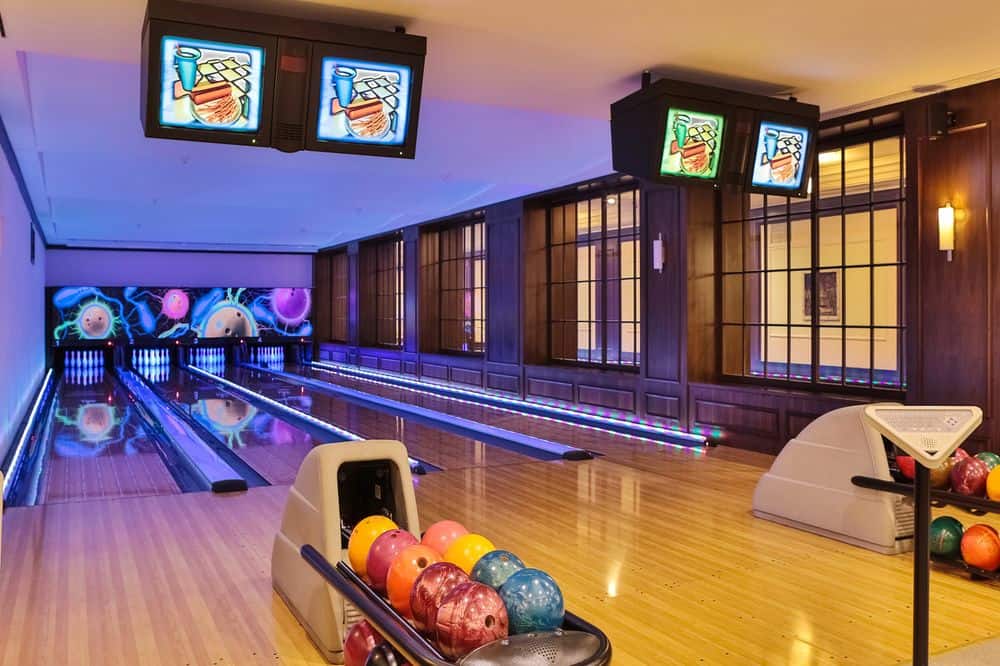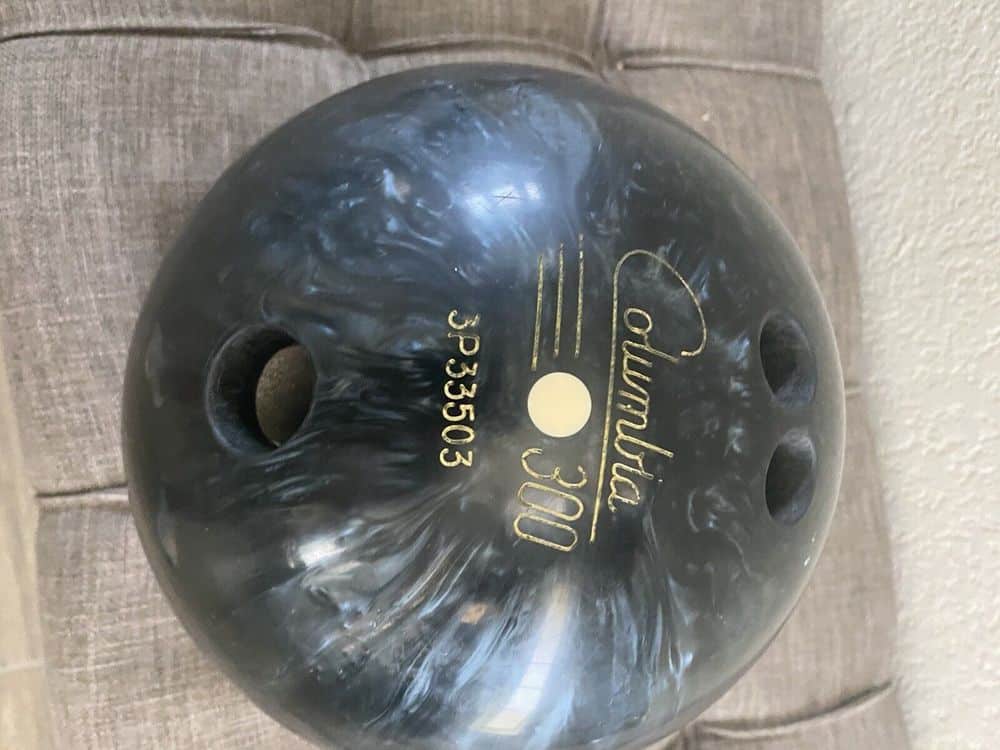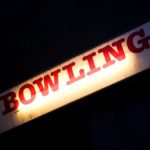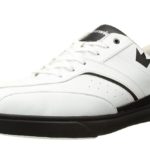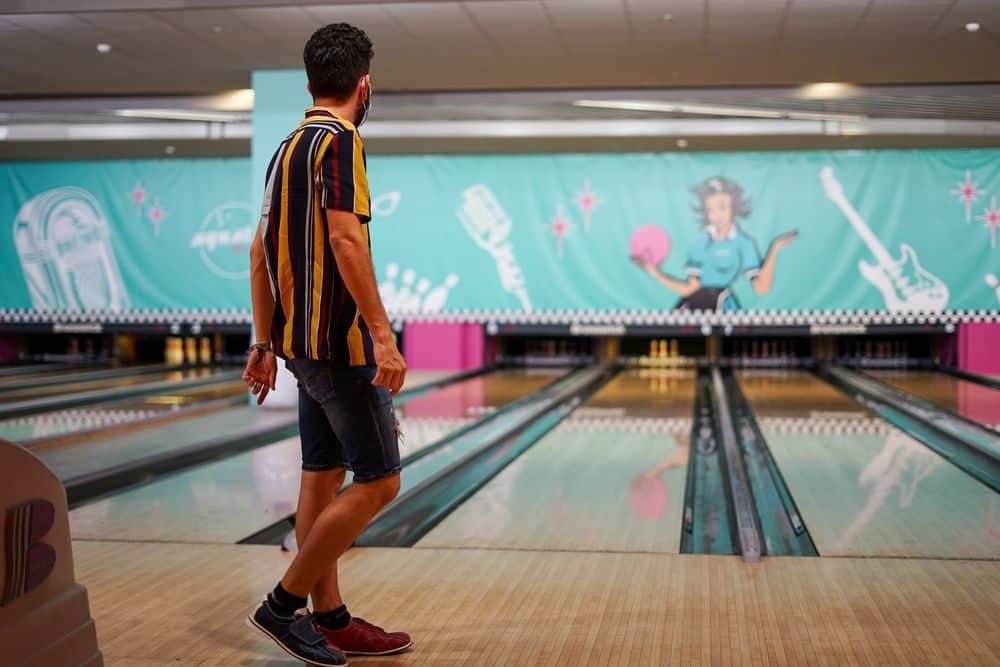Bowling is a popular sport enjoyed by millions of people worldwide. Whether it be for leisure or competition, having the right equipment can make all the difference in achieving success on the lanes. One of the most important pieces of equipment for a bowler is their bowling ball.
A professional bowling ball is designed to meet high standards and specifications, allowing bowlers to maximize their performance potential. However, with so many options available, one may wonder: how much does a professional bowling ball cost?
While prices vary depending on several factors, such as brand and customization options, investing in a quality bowling ball can make a significant impact on one’s game. In this article, we will explore the various factors that affect the cost of a professional bowling ball and provide an overview of what consumers can expect when shopping for this essential piece of equipment.
So whether you are new to the sport or a seasoned pro looking to upgrade your gear, read on to discover everything you need to know about purchasing a professional-grade bowling ball.
Factors Affecting the Cost of a Professional Bowling Ball
The cost of a professional-grade bowling ball can be attributed to various factors that influence its overall value. One of the primary factors is the construction of the ball itself. Bowling balls are made from different materials, such as plastic, urethane, reactive resin, and particle. The materials used in constructing the ball have an impact on their performance and durability.
For instance, reactive resin balls are known for their high hook potential and excellent pin carry but are not as durable as plastic or urethane balls. Another factor affecting the cost of a professional bowling ball is performance considerations. Different bowlers have varying preferences when it comes to ball motion and reaction on the lane.
As such, manufacturers produce specialized balls tailored to meet specific players’ needs. For example, some balls may have higher differential rates to provide more hook potential for bowlers with slower speeds while others may offer lower differential rates for faster bowlers who need less hook. In summary, the cost of a professional-grade bowling ball varies depending on several factors such as construction materials used and performance considerations.
Therefore before purchasing one, it’s essential to consider your playing style and preferences to ensure you get a ball that suits your needs best. Additionally, investing in high-quality equipment can help improve your game significantly over time.
Brand and Reputation
Brand reputation is a critical factor in determining the pricing of bowling balls within the professional market. The competition between different brands is intense, with each trying to outdo the other in terms of quality and performance. Bowling ball manufacturers spend a significant amount of money on research and development to create products that meet the diverse needs of customers. As a result, brands with an excellent reputation for producing high-quality bowling balls tend to charge more for their products.
In addition to brand competition, customer satisfaction also plays a crucial role in determining the price of professional bowling balls. Brands that consistently produce top-performing bowling balls often have a loyal customer base willing to pay premium prices for their products. Such brands invest heavily in creating innovative designs and technologies that improve overall performance, which leads to higher customer satisfaction levels. This not only helps retain existing customers but also attracts new ones who are willing to pay more for quality products.
Overall, it can be concluded that brand reputation is a significant factor in determining the cost of professional-grade bowling balls. Brands that have established themselves as leaders in producing high-quality and innovative products often charge premium prices due to their reputation and customer loyalty. However, customers should note that price alone should not be used as the sole determinant when purchasing a professional-grade bowling ball; other factors such as individual skill level and personal preferences should also be considered when making purchasing decisions.
Materials Used in the Manufacturing Process
The materials used in the manufacturing process of professional-grade bowling balls can be likened to the building blocks of a sturdy structure, as they are crucial components that contribute to their overall quality and performance.
Bowling ball manufacturers use a variety of materials such as reactive resin, plastic, urethane, and particle. Reactive resin is the most common material used due to its ability to generate friction on the lane’s surface which results in increased ball speed and hook potential. Plastic is also widely used for beginners or those who want a straighter shot due to its low friction coefficient.
Design trends also play a significant role in the selection of materials used in bowling ball manufacturing. The latest trend includes using nanotechnology to produce more durable and high-performance bowling balls with better energy transfer capabilities. This technology has allowed manufacturers to create stronger chemical bonds between different compounds within the ball, making it more resistant to cracking or breaking during play.
As environmental concerns continue to grow globally, many manufacturers are now shifting towards eco-friendly options when producing bowling balls. Some companies have started incorporating recycled materials into their production process, while others have opted for sustainable manufacturing practices that reduce waste and limit harmful emissions. These efforts not only benefit the environment but also add value for customers who prioritize sustainability when making purchasing decisions.
In summary, the materials used in professional-grade bowling balls significantly impact their overall quality and performance. Manufacturers incorporate different materials depending on their desired outcome, design trends, and environmental impact considerations. As technology advances and environmental concerns become more prevalent within society, we can expect even further advancements in bowling ball production processes that prioritize both performance excellence and sustainability without sacrificing one over the other.
Weight and Size Options
Exploring the weight and size options of bowling balls is crucial for understanding how these factors can impact a player’s performance on the lane. Bowling balls come in different sizes, ranging from 6 to 16 pounds, with each weight category having its advantages and disadvantages. For example, lighter balls are easier to control but may not pack enough power to knock down all pins, while heavier balls require more strength to handle but can generate more speed and hitting power.
The core design of a bowling ball also plays a crucial role in determining its weight and size options. The core refers to the inner part of the ball that affects its rolling motion and stability on the lane. There are two primary types of cores – symmetrical and asymmetrical – that offer different levels of predictability, hook potential, and drilling options.
Symmetrical cores have a uniform mass distribution that makes them ideal for beginners who want consistent ball motion, whereas asymmetrical cores have an irregular shape that allows advanced players to create diverse angles and curves.
Drilling options also affect the weight and size choices of bowling balls since they determine how fingers fit into holes drilled in the surface of the ball. Different drilling layouts can enhance or reduce hook potential, rev rate, axis tilt, axis rotation, grip pressure, span width, pitch angle, finger/thumb insertions as per individual preferences. Therefore it is essential for players to consult with professional drillers who can customize drilling patterns based on their physical attributes like hand span measurements etc., style preferences like two-handed delivery etc., as well as playing conditions like oiled lanes or dry lanes etc.
In conclusion (avoid using this phrase), exploring weight and size options along with understanding core designs and drilling layouts significantly impacts a player’s performance on the lane by affecting accuracy/speed/revs/hook/etc., therefore making it vital for bowlers at any level to consider these factors before purchasing their next ball. With so many variables involved in selecting the right ball, players should not hesitate to seek expert advice from professional bowlers, coaches, or drillers who can help them find the best fit for their game. Ultimately, the right combination of weight and size options along with core design and drilling layout can give a player an edge on the competition and lead to greater success in bowling.
Customization Features and Additional Costs
Customization features for bowling balls, such as surface texture and coverstock composition, offer players the ability to tailor their ball’s performance to specific lane conditions, resulting in a more precise and effective game.
Color options are one of the customization features that allow bowlers to express their individuality while playing. Bowling ball manufacturers offer a wide range of hues and patterns for players to choose from, including solid colors, pearlized finishes, and even glow-in-the-dark options.
Another important customization feature is grip style. Bowlers can choose from different types of finger inserts that provide varying levels of comfort and control. Some bowlers prefer a conventional grip with no inserts while others opt for finger grips or thumb slugs that help them maintain a consistent release throughout their game.
While these customization features add significant value to a player’s game experience, they also come at an additional cost. On average, customizations can increase the price of a professional bowling ball by $50-$100 or more depending on the complexity of the design.
However, many bowlers find that these costs are worth it in order to achieve optimal performance on the lanes.
In conclusion, customized bowling balls provide players with greater control over their performance by allowing them to tailor their equipment to suit their individual needs and preferences. Color options and grip styles are just two examples of ways in which bowlers can customize their equipment for enhanced gameplay.
While these features may come at an extra cost, many players find that they provide long-term benefits in terms of improved accuracy and consistency during play.
Conclusion
The cost of a professional bowling ball varies depending on several factors. One crucial aspect that determines the price is the brand and reputation of the manufacturer. A well-known company with a long-established history in producing quality balls will typically charge more than newer brands or less reputable ones.
The materials used in manufacturing also play a significant role in determining the cost of professional bowling balls. High-quality, durable materials such as resin, urethane, and reactive coverstock are often more expensive than lower-grade options.
Another factor that affects the cost is customization features or additional costs associated with purchasing a unique design or personalized ball. These may include custom engraving, special weight distribution, or added accessories like finger inserts and thumb slugs.
In conclusion, while it’s difficult to provide an exact figure for how much a professional bowling ball costs due to varying factors such as brand, material, weight and size options, customization features and additional costs involved; it’s safe to say that investing in one could make all the difference for serious bowlers looking to improve their performance. However, before making any purchase decision based purely on price alone; it’s important to investigate further into each brand’s reputation and product reviews from other users to ensure you’re getting your money’s worth.

